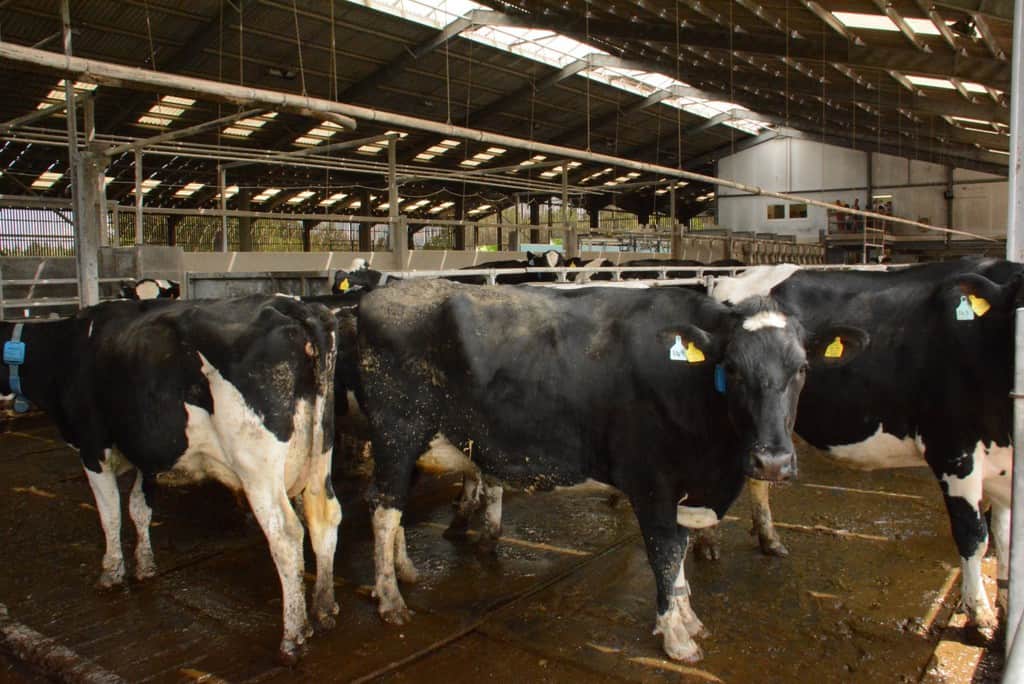Scottish dairy farmers are being offered the chance to learn how scientific research can be practically applied to reduce lameness in dairy cows – something which can cause the animals to produce up to 600 fewer litres of milk per lactation.
Organised by Scotland’s Rural College (SRUC), the free event will feature a range a speakers, who will cover everything from improvements in herd management and hoof health to how breeding and genetics can help reduce the risk of lameness.
Supported by the Universities Innovation Fund (UIF), the event will be held on Wednesday 31 October at Darnlaw Farm in Ayrshire, where father and son Bryce and Robert Sloan run a herd of 190 Holstein cows, which are milked in a robotic system, alongside 65 Jerseys, which are milked through a parlour system.
Earlier this year, the Sloans were awarded the accolade of Master Breeder by Holstein UK. Breeding for longevity is a key focus area for the herd. The average lifetime production of their Holsteins is 45,612kg and, in the last 18 months, they have had eight cows which have each produced 100 tonnes of milk.
The herd has also made significant improvements in reducing mastitis. The Sloans also practice selective dry cow therapy and work closely with vet Alan Walker from Armour Veterinary Group, who will be among the speakers.
The other speakers include David Gray, from the National Association of Cattle Foot Trimmers, while Colin Mason from SAC Consulting Veterinary Services and Jenny Gibbons from AHDB Dairy will present the latest lameness research findings.
Professor Eileen Wall from SRUC and Murray Cochrane from Holstein UK will present research on functional cow classification and breeding for fitness traits. The event will also give visitors an opportunity to view Darnlaw’s new calf rearing facility.
SRUC Dairy Consultant Lorna MacPherson, who organised the event, said: “As well as being a serious welfare issue, lameness comes at a great cost to the dairy industry. This event will explain the kind of practical steps farmers and other members of the industry can take to reduce cases as well as provide a valuable update on the latest research.”
Dr Jenny Gibbons, AHDB Research Scientist, said: “According to published research, lame cows produce between 200-600 fewer litres of milk per lactation, take 20 to 40 days longer to get back in calf and are more likely to be culled. This makes lameness one of the most costly challenges faced by dairy farmers today.”
Dairy Cow Health and Lameness: Research into Practice will be held on Wednesday 31 October from 10.30am to 2.30pm at Darnlaw Farm, Auchinleck, Ayrshire, KA18 2LX.
To book a place, email janis.forrest@sac.co.uk or phone 0131 603 7525.





